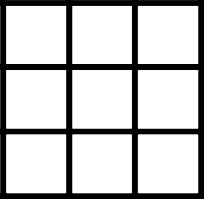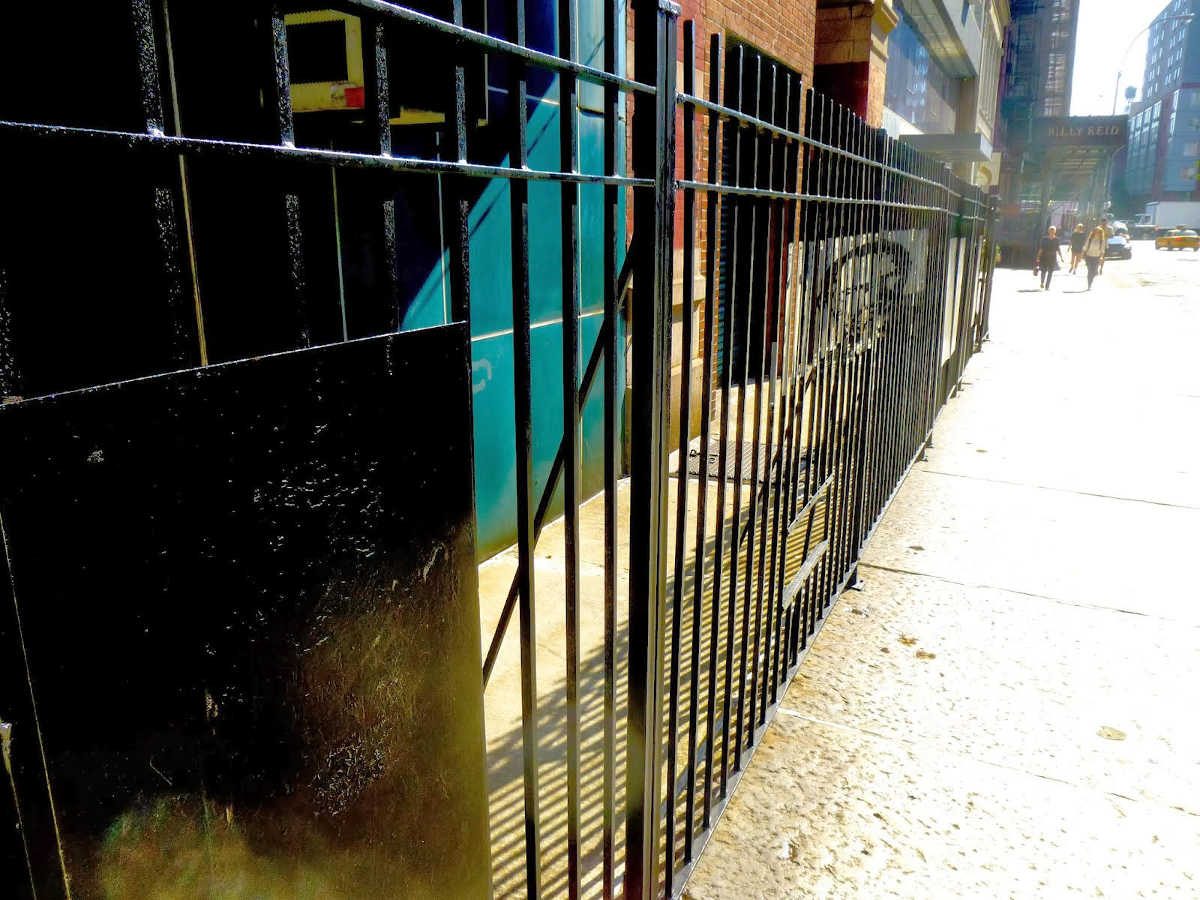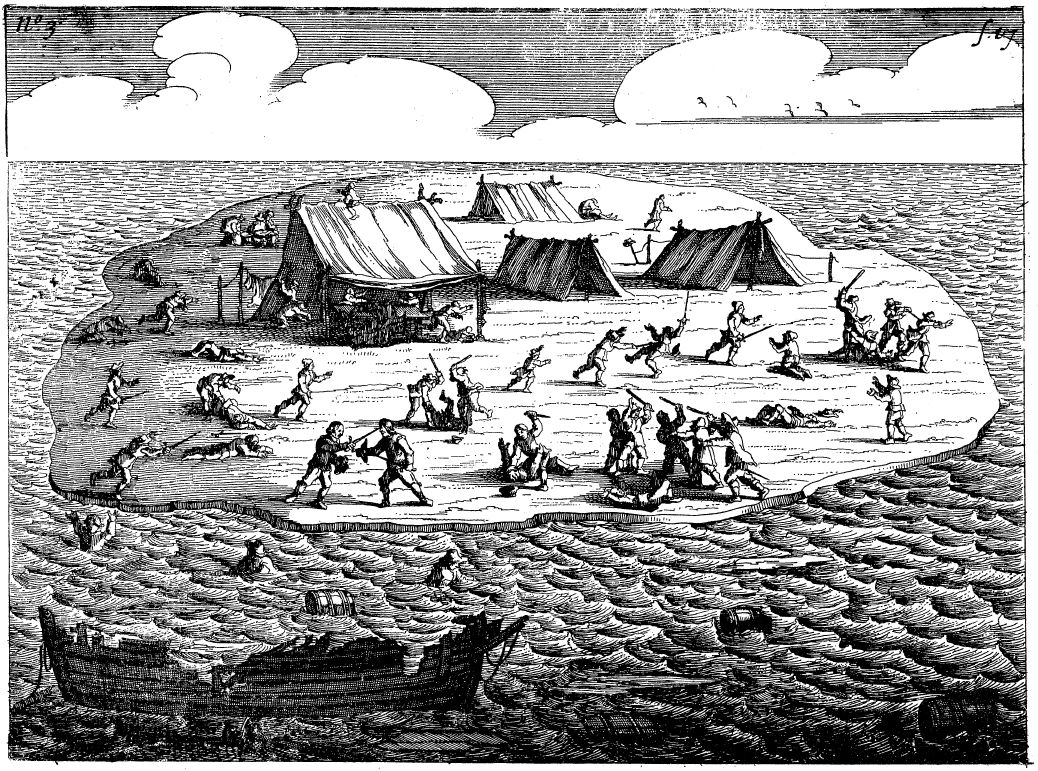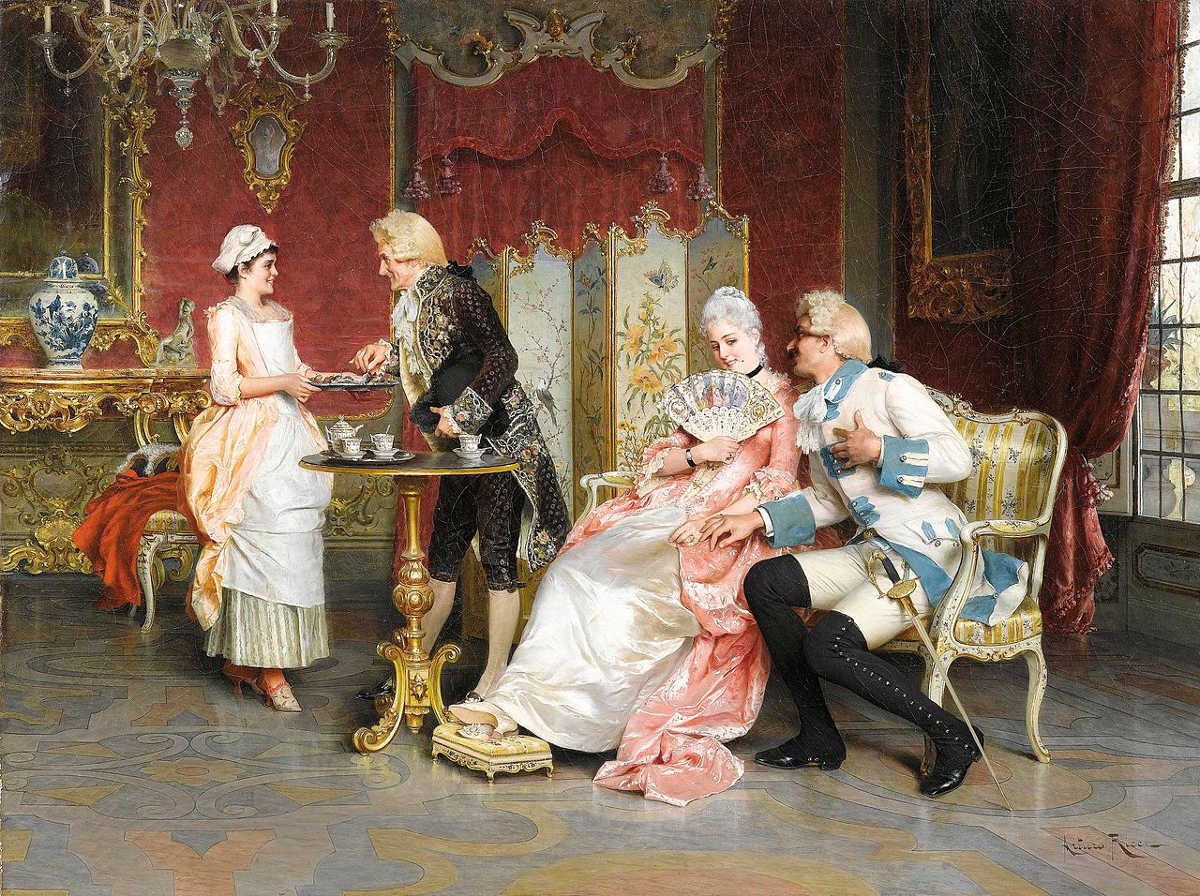
In February 1965, Omaha TV announcer John “Fritz” Johnson was attending an archery tournament in Chicago when a young woman approached him and asked, “Pardon me, but aren’t you my uncle, Larry Bader, who disappeared seven years ago?”
Amazingly, he was. Lawrence Joseph Bader had been a cookware salesman in Akron until March 15, 1957, when he’d gone fishing on Lake Erie and disappeared. Four days later he resurfaced in Omaha as flamboyant bachelor Fritz Johnson, who became a bartender, a radio announcer, and eventually a TV sports director.
Bader had been $20,000 in debt when he disappeared, but Johnson insisted that he had no memory of his former life, and a team of psychiatrists backed him up. “It was like a physical shock,” he said. “Up until that moment, I had no doubt that I was not Larry Bader. But when I heard that, it was like a door had been slammed and somebody had hit me right in the face.”
After his disappearance, Bader had been declared dead, and his wife had collected $39,500 in life insurance. Now she would have to pay that back, and both her new engagement and Johnson’s second marriage would have to be canceled. “I just wish it wasn’t true,” she told Life in March 1965. “We had become adjusted, we had adapted to and accepted his ‘death.’ It was just … well … wrong that this had to happen.”
He died the following year, so it’s still unclear whether his experience was amnesia or a hoax. “I’m very sorry,” he said, “but my doctors have warned me not to try to figure it out by myself. They say it might hurt me.”









